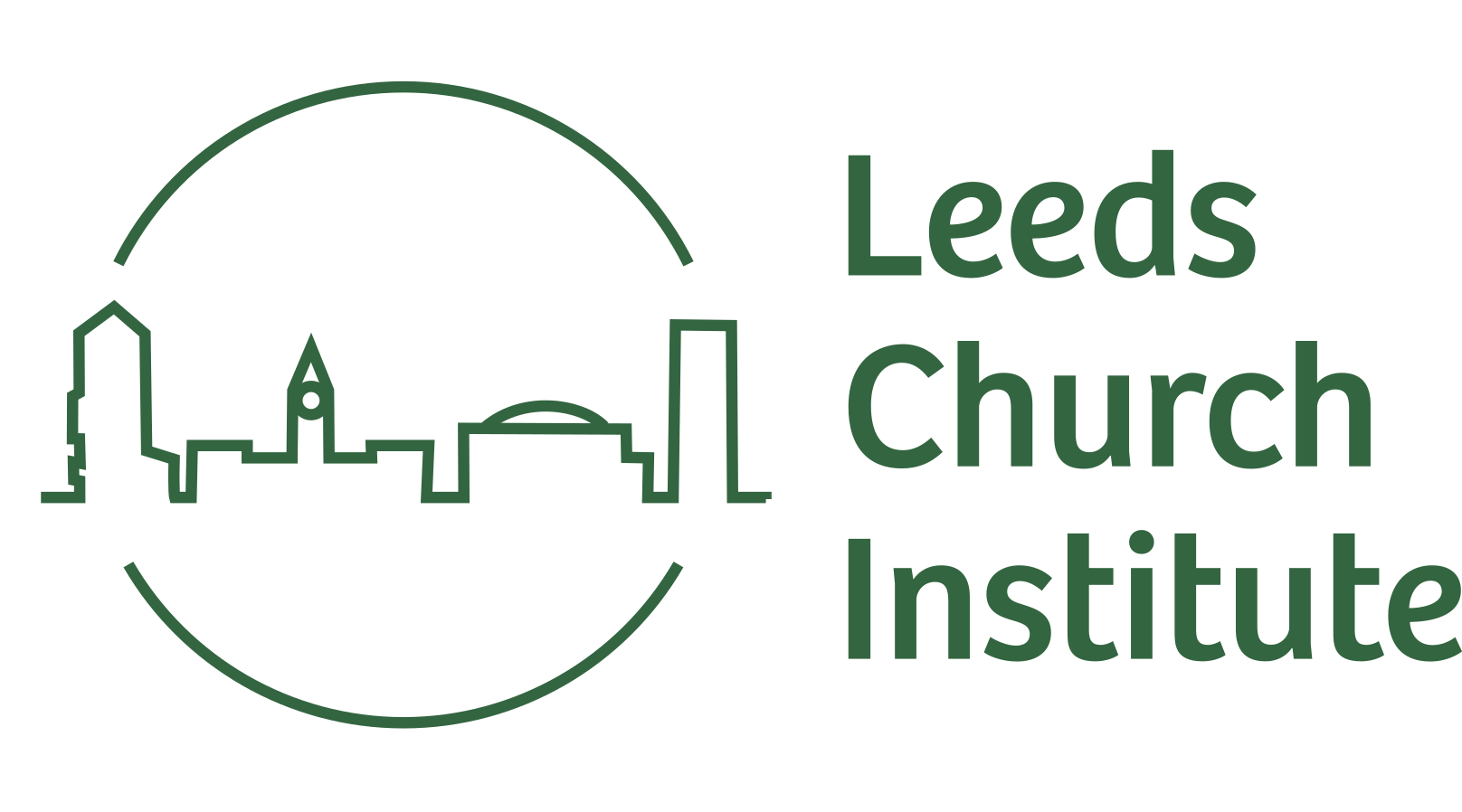 Exploring distinctively Christian understandings of marriage
Exploring distinctively Christian understandings of marriage
Professor Adrian Thatcher explored Christian understandings of marriage drawn from the Bible, tradition and contemporary theology at the study day ‘Making Sense of Sex and Marriage’. He outlined eight models of marriage reflecting a complex multiplicity of ideas around marriage which have, over time, been progressively re-interpreted. These models of marriage, described below in words and pictures, are open to exploration and questioning. A key question is, are these models only inclusive of opposite sex couples or can they also include same sex couples? For a full exposition of the lecture, please see www.adrianthatcher.org
1. A UNION OF HEART, BODY AND MIND
Jesus spoke of husband and wife as ‘one flesh’ based on Genesis 2:24. One reading of ‘one flesh’ would be the union of two individuals in body, mind and heart through mutual interdependence. Conversely, ‘one flesh’ has been used to support the legal belonging of a wife as a chattel to her husband, putting women second in the hierarchy of gender.
2. A COVENANT
Marriage understood as covenant offers an holistic understanding of human relationship that contrasts with other forms of personal relationships. Covenant language and ethics articulate the meanings of a couple’s commitment to themselves and to each other in ways that defend against notions of dominance, ownership, calculation, or obsolescence.
3. AN IMAGE OF THE NEW COVENANT
Marriage understood as covenant can be seen as illustrating the covenant between God and God’s people reconciled through Christ. In this way, Pope John Paul II explicitly drew a parallel between the mingling of divine love with human love in marriage. The bond of love between married couples is what they hold in common with the covenant-love of God for God’s people.
4. A GIFT OF BODIES
Many writers, including those of the Pilling report, note parallels between the sacrament of the Eucharist and the sacrament of marriage. That Christ gives us His body in the Eucharist (Ephesians 5) is represented in the giving and receiving of persons, exclusively, faithfully, and permanently in marriage. Marriage therefore is a mimesis; it mimes the profound mystery of the love of Christ for the Church.
5. A SACRAMENT OF MUTUALITY
A couple is validly married (assuming no impediment) when they make vows to each other in the present tense before witnesses, a priest may then bless their marriage. This follows the ancient understanding that the couple, being co-ministers, marry each other. This joint ministry of the couple offers equal regard and full mutuality over every detail of the marriage.
6. A SIGN OF THE COMING KINGDOM
As the Church awaits the culmination of the ages and the restitution of all things through Christ (e.g. Acts 3:21), marital imagery can be seen as an expression of this hope. The union of husband and wife in common life images the divine love for the world that triumphs over everything set against it.
7. A COMMUNION OF PERSONS
Human life is made for communion, both with one another and with God. Being married is a communion of persons which involves deep intimacy. Lovemaking in marriage, together with the sharing of marital life that it expresses, provides a powerful instance of communion among or between persons. Within this communion of persons, the divine Communion of Persons abides.
8. MARRIAGE IS AN ASCETIC DISCIPLINE
Marriage as a God-given institution is an ascetic discipline that encourages faithfulness and perseverance. It shares with celibacy the difficulty of remaining chaste, and requires discipline, aided by grace, to sustain it.
